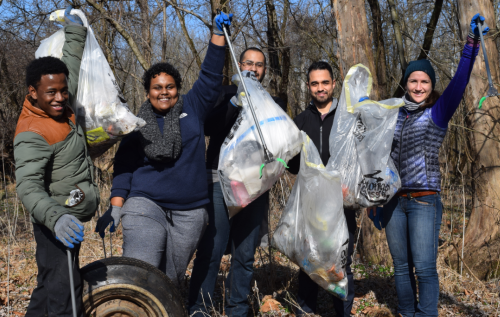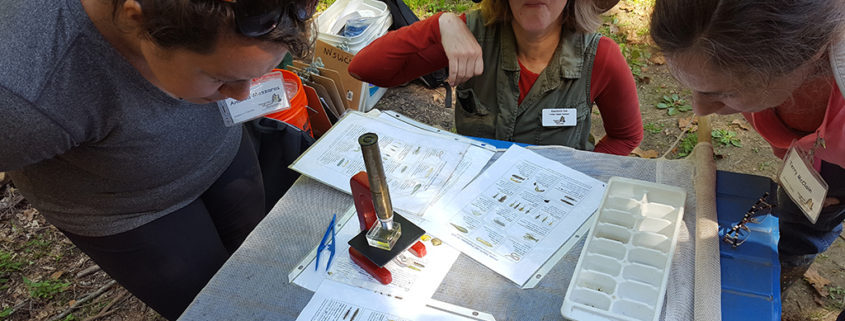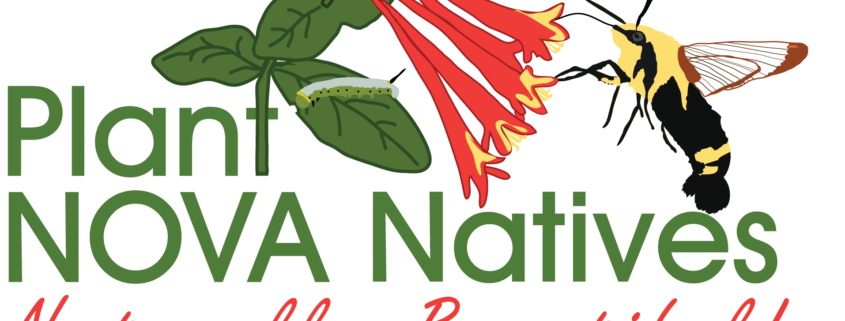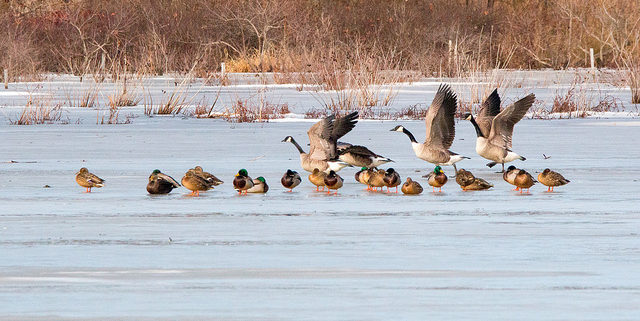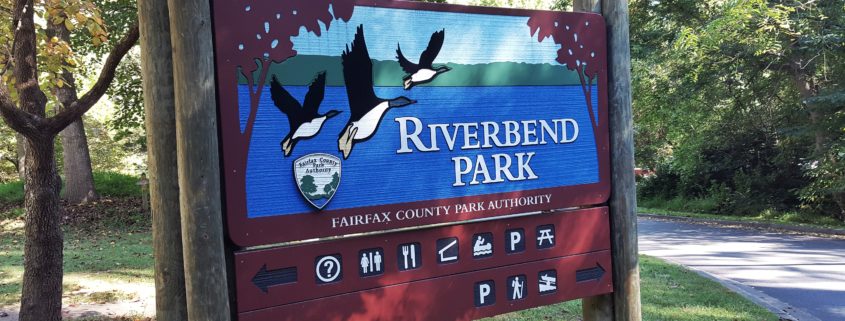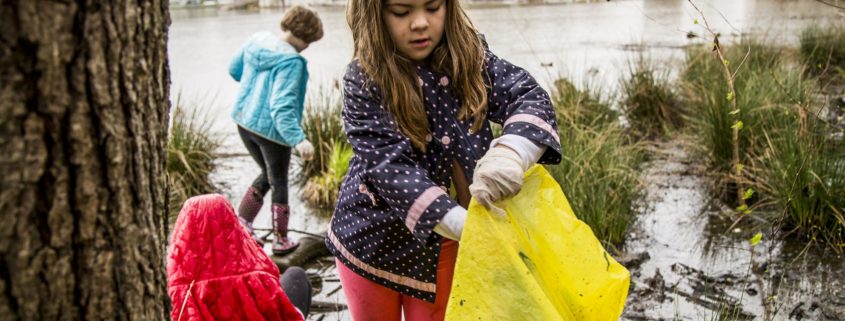Friends of Accotink Creek Stream Monitoring Session
Lake Accotink Park, Springfield VA
Saturday, 9 March 2019
9:30-11:30am
Join Friends of Accotink Creek volunteers as they assess ecological conditions in a stream, based on the presence and absence of bottom-dwelling invertebrates. Meet at the parking lot behind Lake Accotink Park Administrative Building. See Friends of Accotink Creek for additional stream monitoring information.
Helping Your Stream Through Citizen Science
Chapman DeMary Trail, Purcellville VA
Sunday, 10 March 2019
2-5 pm
Healthy streams and waterways support a wide range of native flora and fauna. The stream running through your neighborhood is vitally important to ensuring that our larger tributaries such as the Potomac River and Goose Creek remain healthy to sustain a diverse wildlife habitat. Local streams can, however, become impaired by urban runoff and development. Join us for a stream-side demonstration and discussion examining how citizen science surveys can be used to assess local stream quality. You will see how biomonitoring surveys are conducted. You will have a chance to look at the data and at aquatic macroinvertebrates. We will discuss how the data is analyzed and how it can be used to improve our streams. At the end, you will have the opportunity to sign up for a spring survey, led by one of Loudoun Wildlife’s citizen science stream monitoring teams. Registration is limited, RSVP to Loudoun Wildlife.
Prince William (Cedar Run) Stream Monitoring Workshop
Evergreen Acres Farm, Hazelwood Dr., Nokesville VA
Saturday, 16 March 2019
10 am-12:30 pm
Join Veronica Tangiri of Prince William SWCD for citizen science monitoring. Come and learn more about the health of this stream and how it interacts with agriculture as it joins the Occoquan River. Contact Veronica for more information or to register.
Powells Creek Stream Monitoring Session
Northgate Dr., Montclair VA
Saturday, 30 March 2019
10 am-12:30 pm
Join Buck Arvin and the Merrimack Master Naturalist Team in monitoring Powells Creek in the Montclair area. Residents are welcome to come and support the data collection of this stream and learn more about water quality in their area. For directions and more information, please RSVP to Buck.


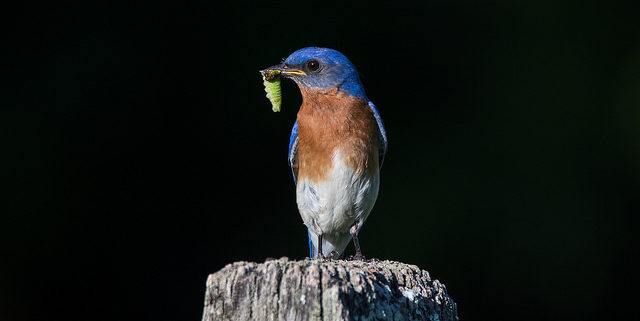
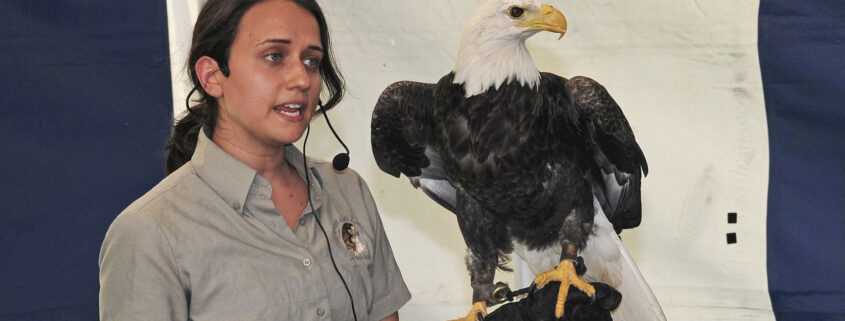
 showcase interactive exhibits. We’ll have a full day of programs, including shows on reptiles and raptors, live music, pony rides, a tent for children’s activities and more. Last year more than 4000 people attended this great event. The Friends of Mason Neck State Park covers all the expenses for the Festival, as well as providing the volunteers that help to make the event go smoothly. Would you like to help us out? Send an email to
showcase interactive exhibits. We’ll have a full day of programs, including shows on reptiles and raptors, live music, pony rides, a tent for children’s activities and more. Last year more than 4000 people attended this great event. The Friends of Mason Neck State Park covers all the expenses for the Festival, as well as providing the volunteers that help to make the event go smoothly. Would you like to help us out? Send an email to 